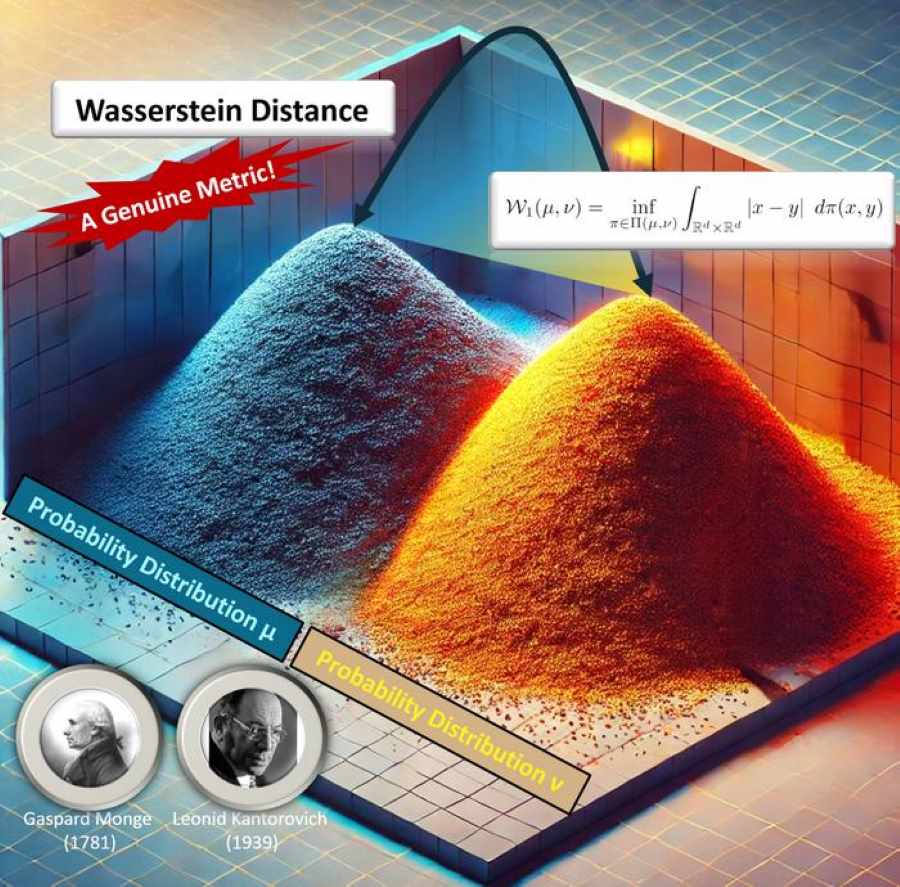Summary:
Recently, an innovative study led by Zhiang Xie, a climate scientist at Southern University of Science and Technology, together with Dongwei Chen, a mathematician from Clemson University, and Puxi Li, a meteorologist from the Chinese Academy of Meteorological Sciences, has shed new light on the dynamics of climate change.
Their groundbreaking work employs a mathematical approach called Wasserstein Stability Analysis (WSA), which shifts the focus from average temperatures to extreme climate events and subtle patterns that have been previously overlooked.
Published in Advances in Atmospheric Sciences, their research explores how this interdisciplinary method could offer deeper insights into the acceleration of climate change and its global impact, from shifts in the Pacific’s temperature to Arctic ice melt effects.

What happens when experts from vastly different disciplines – climate science, mathematics, and meteorology – join forces to tackle the same pressing question? A method called Wasserstein Stability Analysis (WSA) emerges, offering fresh insights into the subtle dynamics of climate change.
Zhiang Xie, from the Department of Earth and Space Sciences at Southern University of Science and Technology in China, teamed up with Dongwei Chen, a mathematician at Clemson University in the United States, and Puxi Li, a meteorologist from the Chinese Academy of Meteorological Sciences. Together, their interdisciplinary collaboration has redefined how we study climate change by introducing a new perspective on extreme events and probability distribution shifts.
“Most of the time, climate studies focus on average temperatures or trends,” explains Zhiang Xie. “But we wanted to go deeper – beyond the averages – and look at how extreme events and other subtle patterns are changing.”
This curiosity led the team to adopt Wasserstein distance, a mathematical tool originally designed to measure the distance between probability distributions. “It’s like using a magnifying glass on the data,” says Dongwei Chen. “We’re not just looking at what’s typical; we’re digging into the rare and the extreme.”
By applying their new WSA method to the 21st-century climate warming slowdown, the researchers uncovered a La Niña-like temperature shift in the equatorial eastern Pacific – something traditional methods had overlooked.
“This was a huge moment for us,” notes Zhiang Xie. “It’s exciting to see how combining mathematics with meteorology can reveal things we didn’t even know we were missing. For example, we also discovered how melting sea ice in the Arctic is loosening its grip on extreme warm events.”
The researchers credit their findings to their diverse backgrounds. “We all brought something unique to the table,” says Chen. “For me, it was about applying mathematical theory to real-world problems. For Zhiang and Puxi, it was about translating those findings into meaningful climate science.”
Li adds, “When you have experts from different disciplines working together, the questions themselves change. It’s not just, ‘What is the mean temperature doing?’ but, ‘How are extreme events evolving, and why does it matter?’ That’s the kind of innovation you get from collaboration.”
The team’s WSA method opens up new possibilities for understanding the dynamics of climate change, particularly extreme weather events and threshold-specific shifts.
“This is just the beginning,” says Li. “We’re now looking at how physical processes drive these changes in probability distributions, which could help us address the bigger challenges posed by climate change.”
Interdisciplinary collaborations like this provide new ways of approaching complex challenges, offering valuable insights into how we study and respond to one of humanity’s most urgent issues – climate change.
Journal Reference:
Xie, Z., Chen, D. & Li, P., ‘Discovering Climate Change during the Early 21st Century via Wasserstein Stability Analysis’, Advances in Atmospheric Sciences 42, 373–381 (2025). DOI: 10.1007/s00376-024-3324-6
Article Source:
Press Release/Material by Institute of Atmospheric Physics (IAP) | Chinese Academy of Sciences (CAS)
Featured image credit: rawpixel.com | Freepik




